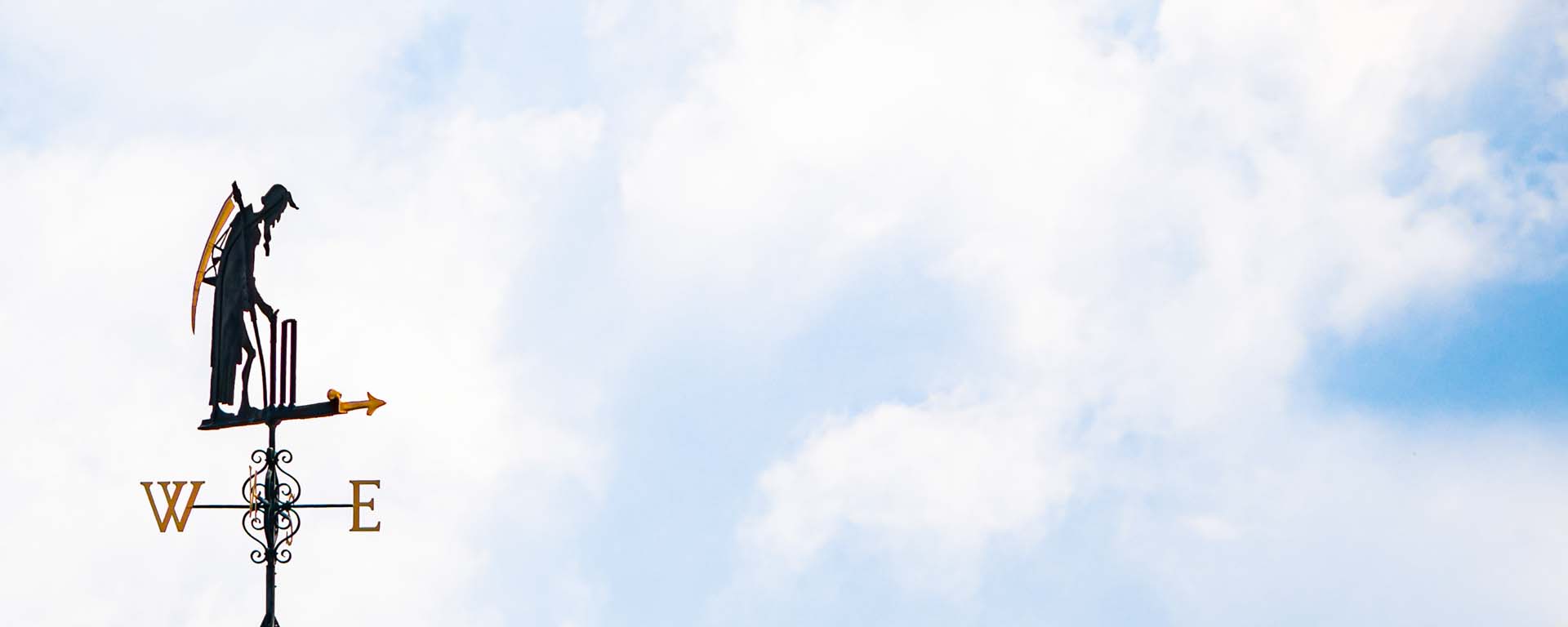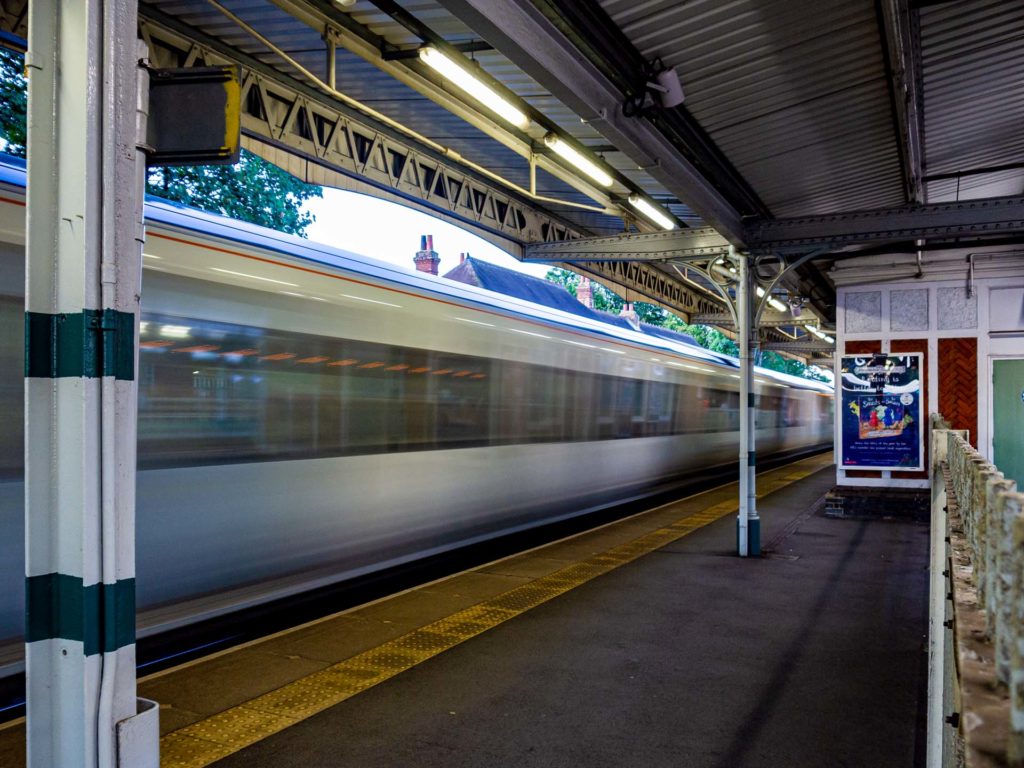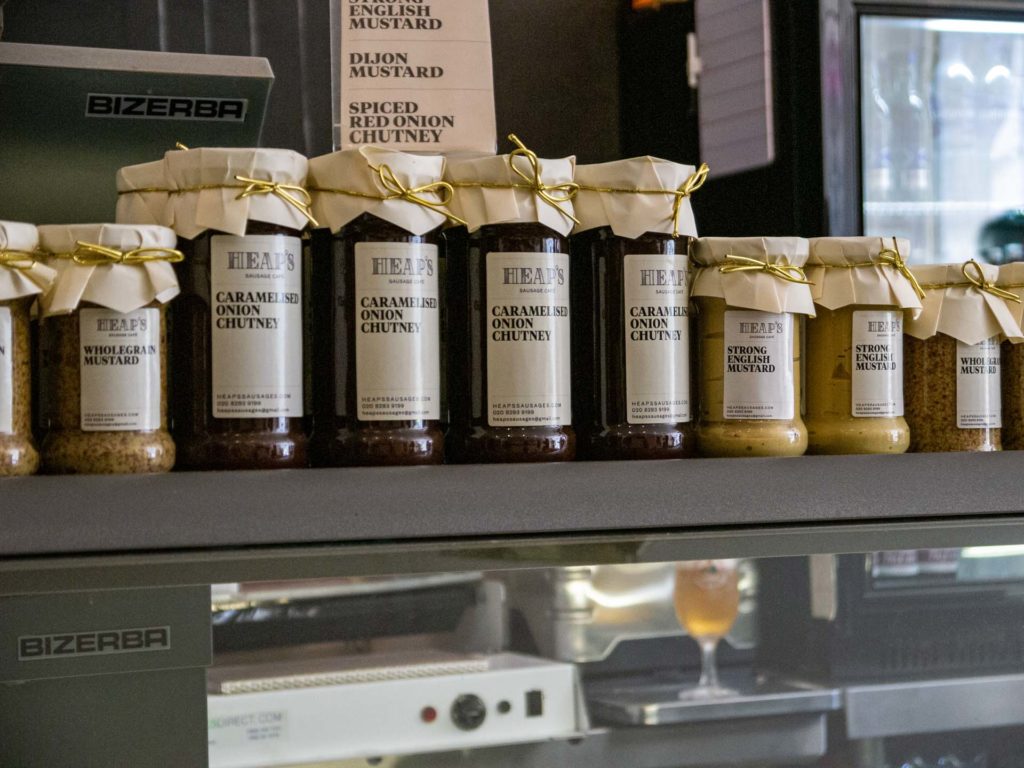What's the best camera to buy?
I am asked very often about the best cameras to buy – often for beginners or children. I have become a fan of the Micro Four Thirds System – MFT or M4/3 for short. I use bulky Full Frame Nikons for my work – with their similarly bulky and very pricey lenses. MFT is becoming the way I roll on days off. As I write I am about to head to North Wales for some walking – and for the first time in a decade I am without a Nikon.
What I love about these cameras is the way they sit at the cusp of image quality and price. They also have a huge range of lenses available, giving you every kind of photographic possibility. And – best of all – there is a lot of second hand kit about. You can get hold of a basic older MFT body and kit lens for perhaps £70. The two bodies I own are both now “obsolete” cameras – my GF7 was picked up with the (very good) 12-32mm kit lens for £180; the GH3 body for a bit over £200. If you have a budget of about £500 you can have a good standard body and three versatile lenses if you spend carefully.
There are other ways to get kitted up at a low price: your budget may be lower than £500, and a compact camera with one built-in lens may suit you best. But if an entry to the world of interchangeable lenses is what you are after, MFT is a great starting point.
Micro Four Thirds is a standard for cameras and lenses – the lenses and camera bodies can be swapped within the system. The MFT standard began in 2008 in a link-up between Olympus and Panasonic. It comprises two things: a standard sensor size (which is considerably smaller than my “big” cameras and hugely bigger than my phone) and a standard lens mount.
You can see some of the different sizes of camera sensors in the chart opposite. There is a lot to this (including the confusing way that the sizes are labelled – ask me if you want a full explanation!) but for starters you need to know two things:
- Bigger is better when it comes to catching light and taking quality pictures even when the light is poor
- Smaller is better when it comes to building lightweight cameras and lenses – which is why my phone is with me all the time and my Nikon D5 isn’t!
The MFT system sits in the middle. It’s sensor catches vastly more light than a phone, but its bodies and lenses are so much easier to carry than a full frame SLR – and lighter on the pocket!
Here are a few images from some tests I did in 2019 with a Lumix G2 and GF3 – both with the kit 14-42mm. These are old cameras, and the lens is one of the cheapest in the MFT range. Both bodies can be picked up with that lens for somewhere between £50 and £70 now. In terms of cameras (and phones!) that is very inexpensive, but if you know what you are doing with them, they offer a great deal.
G2 Test – Clapham Junction and Surrey fields
GF3 Test – Day off in Greenwich
It’s probably obvious that I am pretty stingy when it comes to MFT gear! I invest proper money in my Nikons, because they are the cameras that make proper money. But even on days off, I do like a camera that has possibilities. I have used Lumix compact zooms also, but I am getting more and more into the MFTs – always from Panasonic Lumix up to now – I haven’t dabbled in Olympuses. The two bodies I own are better than the G2 and GF3 above, and I now have a grand total of three lenses which work with them.
Earlier in the year I wrote a bit about cameras for mountaineering. It’s to the mountains I’m heading today – with my MFT gear. But what was that about a Test Match?
Micro Four Thirds at the Cricket
We were approaching the start of the long Jubilee weekend. I had actually planned to write on the Thursday – a wedding photography blog and my regular article for Affordable Granite – but my son invited me to join him for the first day against New Zealand at Lord’s. He is nice like that, and I didn’t need much persuading to accept.
I didn’t go with any particular photography in mind. We were well back in the stands, my camera was amateur and old, and my lens was (at 200mm) within the limits that the MCC set. In front of us was a press photographer with a Full Frame Canon and a lens that looked like an 800mm f5.6 or similar – a cool £11k worth of glass! And yet… I was surprised by what the little Lumix achieved, to the extent that I have contacted Lord’s to try to ensure that I am not in infringement by blogging here with these pics, taken with a second hand consumer camera. It may be that the MCC ask me to take images down, in which case I will comply, of course.
New Zealand won the toss and opted to bat first. We were privileged to see Anderson doing what he does best, as England chewed through the Kiwi batting order at a rate of knots. We then saw what looked as if it were going to be a far more respectable England innings… until the inevitable happened and a bit of a crumble occurred. Thankfully, in that Jubilee weekend, the result, on the short but exhilarating final day (with Joe Root’s century and 10k runs in Test cricket coming up on the same ball!) was in England’s favour. I am so glad to have seen the start!
All images taken with the Lumix GF7, the Samyang Fisheye and the cheap Lumix 45-200mm.
So there you have it. An MFT body you can pick up for £100, with a plastic zoom that you can find at £200… an admittedly sunny day… and pictures that I’m really happy with.
And remember – the person who your photos should make happy, is you!
Micro Four Thirds - a great place to start!
My two lessons from all of this are:
- Micro Four Thirds is a great system, offering a very practical compromise between quality and affordability
- Secondhand cameras and lenses are the way to go!
I’ll say more about secondhand another time… For today, I am Andrew King Photography. Contact me for photoshoots, lessons and even advice on what to buy!
Photos © copyright Andrew King Photography
















































Well written!
Thank you!
You took these photos with an old 12mpx clunker over 10 years old with a kit lens, plus a middle-of-the-road telephoto?
You bloody ripper, mate !
They look more than okay to me. Anyway, Im just passing by – keep it up.
I think it’s 16mpx